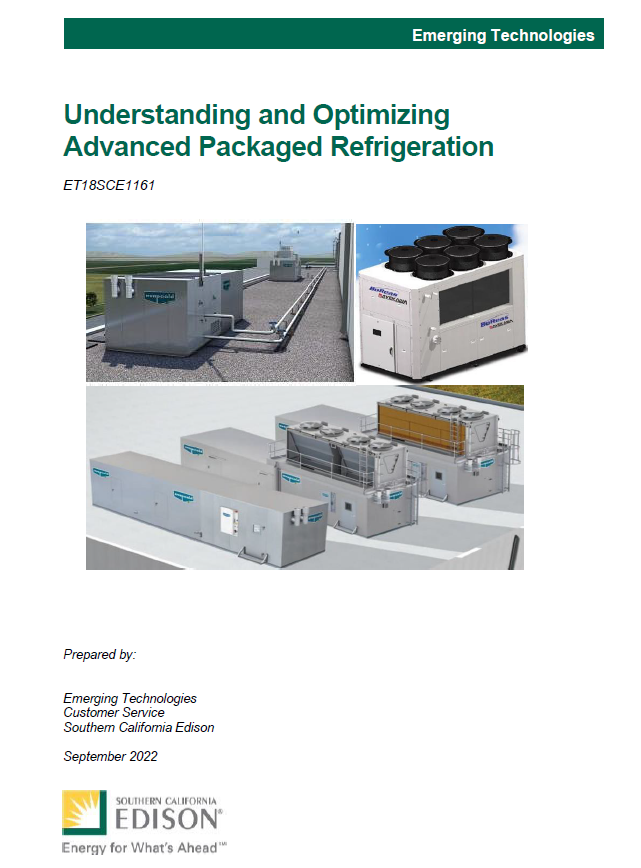Project Info
COMPLETE
 Project Title
Project Title
Understanding and Optimizing Advanced Refrigeration Systems - CTS
Project Number ET18SCE1161 Organization SCE End-use Process Loads Sector Industrial Project Year(s) 2018 - 2023Description
The commercial and industrial refrigeration landscape is changing due to pressures to reduce global warming potential (GWP) and ozone depletion potential (ODP) of refrigerants. In response to these changes, manufacturers are producing new technologies which are designed to accommodate the required changes, and provide equivalent or improved efficiency, capacity and overall performance. Ammonia is a well-established and efficient refrigerant which has limitations in the form of mild toxicity and flammability. This project seeks to perform laboratory evaluations of several new packaged refrigeration systems to understand their performance and viability in refrigerated warehouse and walk-in cooling applications.
Project Report Document
Loading PDF Preview...
